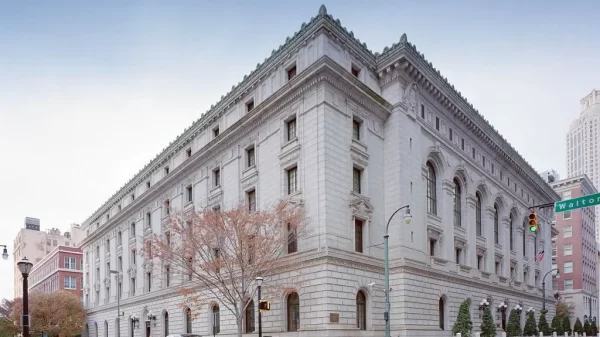By Samuel Mattison
Alabama Political Reporter
Alabama Senate Republicans applauded the decision by a federal court to uphold new districts drawn by the Legislature.
A Federal court dismissed a legal challenge to Alabama’s new legislative districts drawn by the state Legislature on Thursday. The new districts will come into effect for next year’s elections and stay until 2022.
“We went through an exhaustive process to ensure that the new districts were drawn fairly, and I am glad the courts agreed that the legislative districts map for 2018 is clearly constitutional,” state Sen. Gerald Dial, R-Lineville, said. “More counties are made whole in the new maps and we adhered to a strict one-percent population variance between districts”
Dial served as the chairman on the Joint Legislative Committee on Reapportionment that worked on the districts.
The court said the Alabama Black Caucus’ claim that the plan was partisan and racial gerrymandering were not true.
In the spring, redistricting was an issue that consumed most of the session and was finally resolved in the final hours of the session.
The two redistricting bills were highly protested by the Democrats in the two chambers as being partisan and unconstitutional.
The tensions over the two redistricting bills, one for the House and the other for the Senate, came to a head the final week as Democrats vowed to slow everything down to a grinding halt.
The resulting delay tactics saw hours of bill readings with the longest one taking over 12 hours to complete. The bills were read by a robot reader and featured the word block—a measurement for districts—tens of thousands of times.
At one point, the robot reader broke in the Senate and a staff member had to read out the bill for about one hour. In total, the Legislature spent more than 24 hours just reading the bills out loud.
The ruling leaves the Democrats with few options on how to proceed but a current Supreme Court case may help.
The Supreme Court is currently hearing a case about partisan gerrymandering within the state of Wisconsin and they are currently in oral arguments.
The decision of the Court could set a standard for future district drawing if they decide to rule on it.
National media outlets have reported, however, that some justices on the bench are hesitant to decide in the case citing they aren’t sure how to craft a standard.
Specifically, Associate Justice Neil Gorsuch, Trump’s nominee to replace the late Antonin Scalia, said he had doubts.
The case is expected to be resolved before the end of the year.
Similarly, the Court heard a case from Alabama in 2012 regarding its Legislature districts. They vacated the lower courts decisions and sent the case back with no ruling.












































